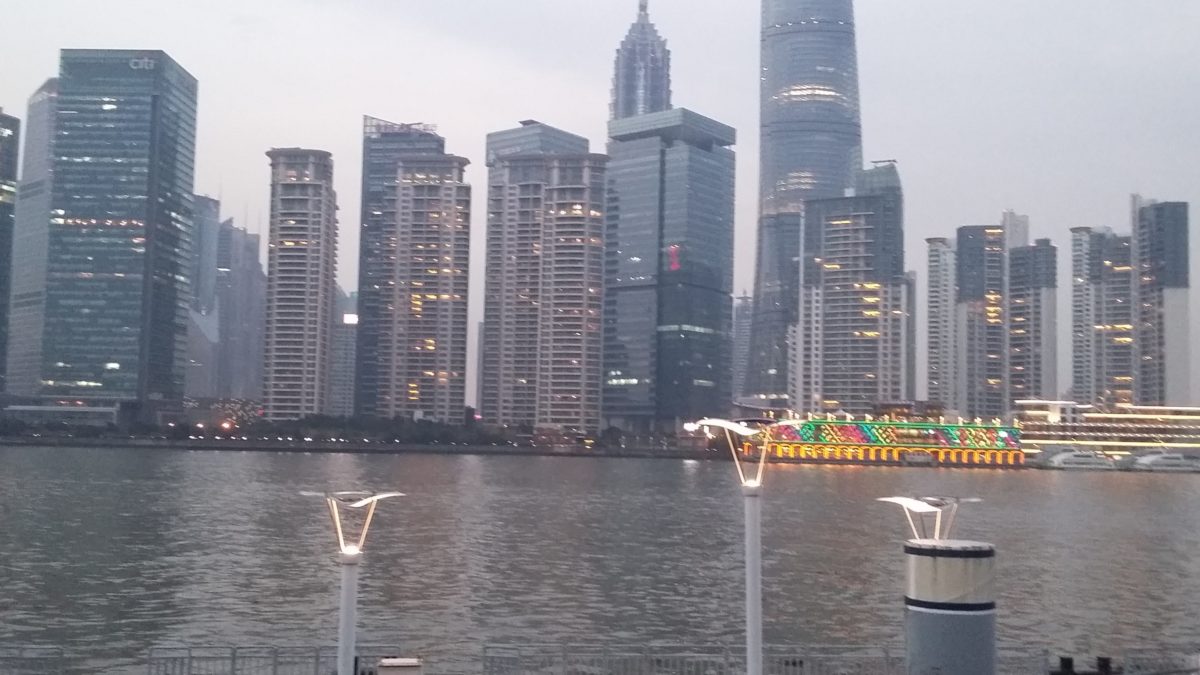What is in store for Indian e-commerce in 2014?
Listen to the post Getting your Trinity Audio player ready... |
 Flipkart, Myntra, Shopclues, Groupon, Snapdeal, Makemytrip, Yatra. What is the first thing that comes to your mind when you hear these names? “Oh I wish I could work there”. The Indian e-commerce business is glamorous as many may tout it as or even better love to call it a movement instead of just an industry.
Flipkart, Myntra, Shopclues, Groupon, Snapdeal, Makemytrip, Yatra. What is the first thing that comes to your mind when you hear these names? “Oh I wish I could work there”. The Indian e-commerce business is glamorous as many may tout it as or even better love to call it a movement instead of just an industry.
According to a survey by The Associated Chambers of Commerce and Industry of India (ASSOCHAM), the Indian e-commerce market rose 88% in 2013 to touch a whopping $16 billion. Owing to a rising online retail, the survey predicted the market to reach $56 billion by 2023.
2013 saw an increase in the purchase of electronic gadgets, kitchenware, home décor, jewellery, apparel, watches, books, perfumes, beauty and baby products.
Following are the trends that we foresee for Indian e-commerce in 2014
- Supply chain consolidation – To have a better control over their supply chain, companies will start their own payment gateways and logistics network
- Re-emergence of flash sale sites
- More companies would collaborate with coupon and daily deals sites to leverage the online shopping trends
- Increased competition and standard owing to the entry of Amazon
- Introducing private label products
- Greater role of smart phones in purchasing and m-commerce would drive more sales for certain platforms
- Dominance of marketplaces over inventory led businesses
- Scaling and emergence of some prominent start-ups to compete head-on against the big ones.
- Consumers would be more vocal about their shopping experience given the massive reach of social media
- More sellers would go online
- Offline goods sales would take a backseat
- Lot of innovation is expected in terms of customer experience, product packaging, delivery, brand positioning etc
- Emergence of “smart” consumers who believe in spending more time comparing best deals across platforms to make an informed choice
- Same day delivery would be adopted widely
- Shipping will no longer be free
- Payment gateways would be more strengthened and would significantly drive the e-commerce industry
- Demand for specialized e-commerce logistics solutions
- Adoption of new customers owing to the demand from Tier-3 cities
- Increased demand for a better communication strategy for brand positioning to gain market share
- Emergence of new niche shopping categories
- Increased participation in funding local start-ups by retail giants like eBay, Amazon
- More start-ups may shut shop due to fund crunch despite e-commerce revolution
- Large players may rethink their business models to a more sustainable one.
Issues that need to be taken care are logistics and supply chain infrastructure which should be strengthened for faster and better delivery, creating a more secure internet transaction, building customer trust, COD to be tackled as we move to Tier-2 & Tier-3 cities, a more careful management of returns and most importantly, being able to bridge the gap between the consumer and the product.
There are two areas which online retailers can greatly leverage. First, having a mobile and a social model which can serve as a major differentiating factor when competing against the big players, and, second, the hybrid model where online retailers are creating their offline presence and offline retailers are moving online to build their market share.




I must tell you that it’s hard to find your articles in google, i found this one on 19 spot, you should build some quality backlinks, i know how to help you, just search in google for – Arshumaker SEO tips
Sure its gonna be one of the best emerging sector. How ever these companies still need to focus on customer satisfaction, and more on communications to do much better than what they are doing now.
I’ve been browsing online more than 3 hours today, yet I never found any interesting
article like yours. It’s pretty worth enough for me.
In my opinion, if all web owners and bloggers made good content as you did, the net
will be a lot more useful than ever before..
Pleawse let me know if you’re looking for a wtiter for your weblog.
You have some really good posts and I believe I
would be a good asset. If you ever want to take
some of the load off, I’d really like to write some material for your blog
in exchange for a link back to mine. Please send mme an e-mail if interested.
Regards!.
Pretty nice post. I just stumbled upoon your blog and wished to ssay that I have truly enjoyed browsing your blog posts.
After all I wkll be subscribing to yur rss feed and I hope you write
again very soon!.
Exceptional post bbut ? w?s want?ng t? ?now ?f y?u ?ould ?rite a litte m?re
oon this subject? I’d b? very grateful if youu could elaborate ? l?ttle bbit m?re.
Cheers!
Unquestionably be?ieve that which you stated. Yo?r favorite justification appeared t? b? on the internet the simplest thing to be aware ?f.
I say to yo?, I def?nitely get irked whhile people ?onsider
worries t?at they jus ?on’t know a?o?t. You managed to hit the nail u?on thee t?p and al?o definmed out the whole thing wit??ut ?aving ?ide-effects , people ?an tak? a signal.
Will ?robably be back to get m?re. Th?nks
I quite like reaing an article t?at w?ll ma?e peope think.
Also, thanks for allowing me to comm?nt!
?i! I j?st wish to offer you a big thumbs up for the great info you have ight ?ere on this post.
?’ll be coming ba?k to youjr site f?r more ?oon.
I know thi? site pr?vides quality depending posts ?nd addtional inf?rmation, is t?ere any other web p?ge which offers these kinds of informatiion in quality?
Hey superb blog! ?oes running a blog s?ch a? this require a gre?t deal of wor??
I’ve no understanding of coding but I wa? hoping to start m? own blog in t?e near future.
Anyways, s?ould ?ou have any recommendations ?r tips f?r new blog owners ?lease
share. I understand this ?s off topic neverthel?ss I simply ha? to ask.
Cheers!
Hey there! I could have sworn I’ve been to this website before but after browsing through some of the post I realized it’s
new to me. Anyways, I’m definitely glad I found it and
I’ll be book-marking and checking back often!